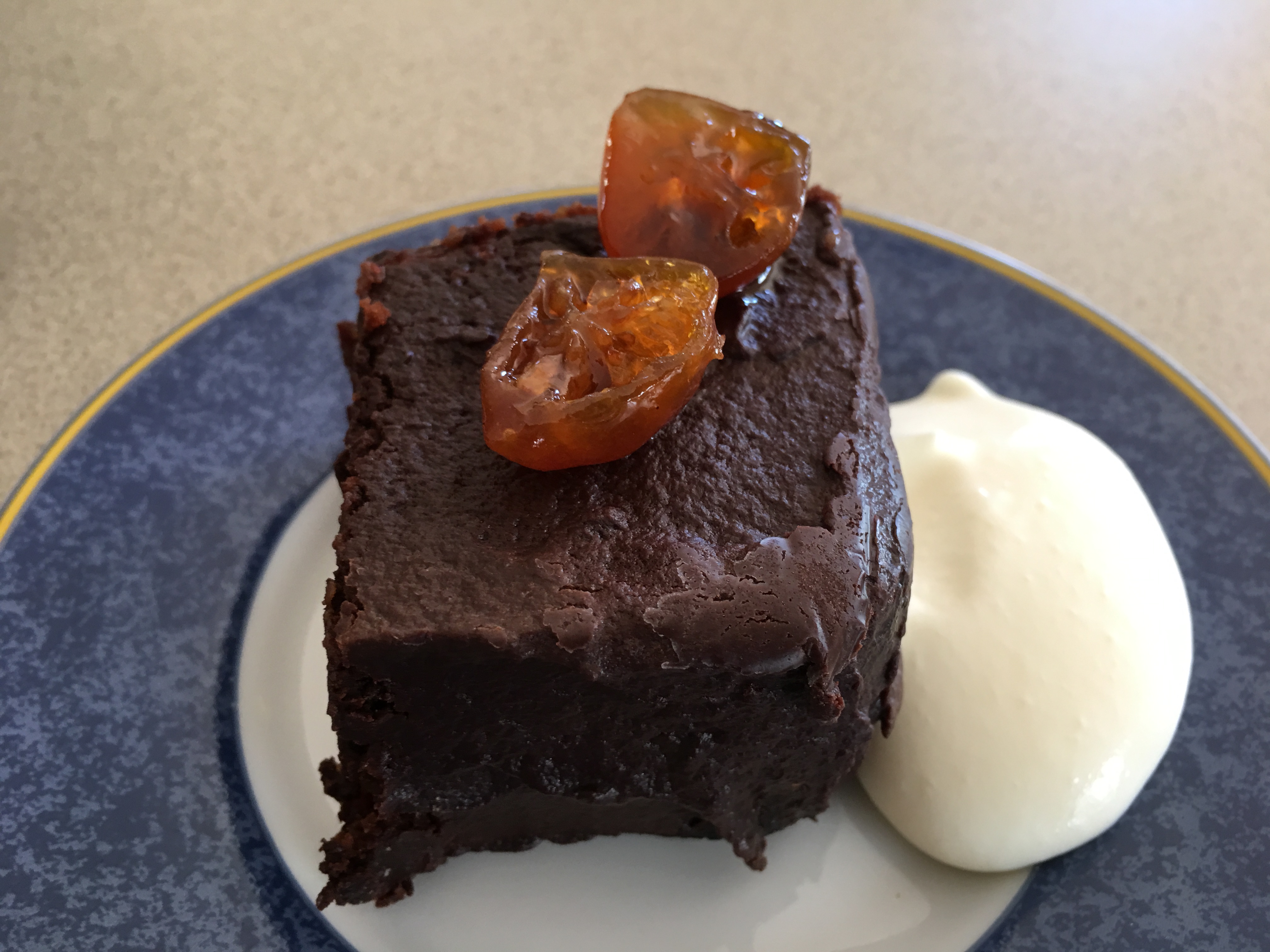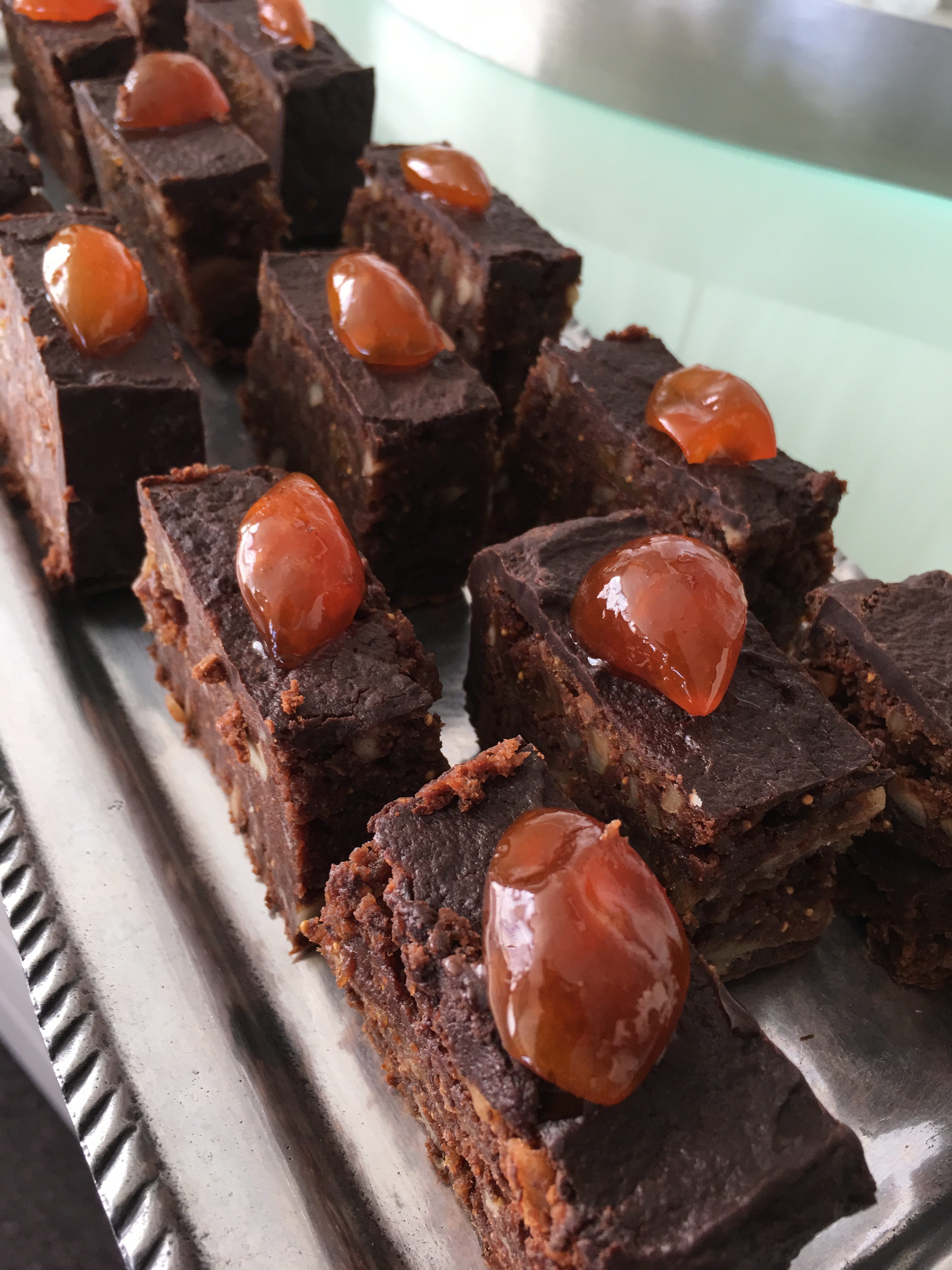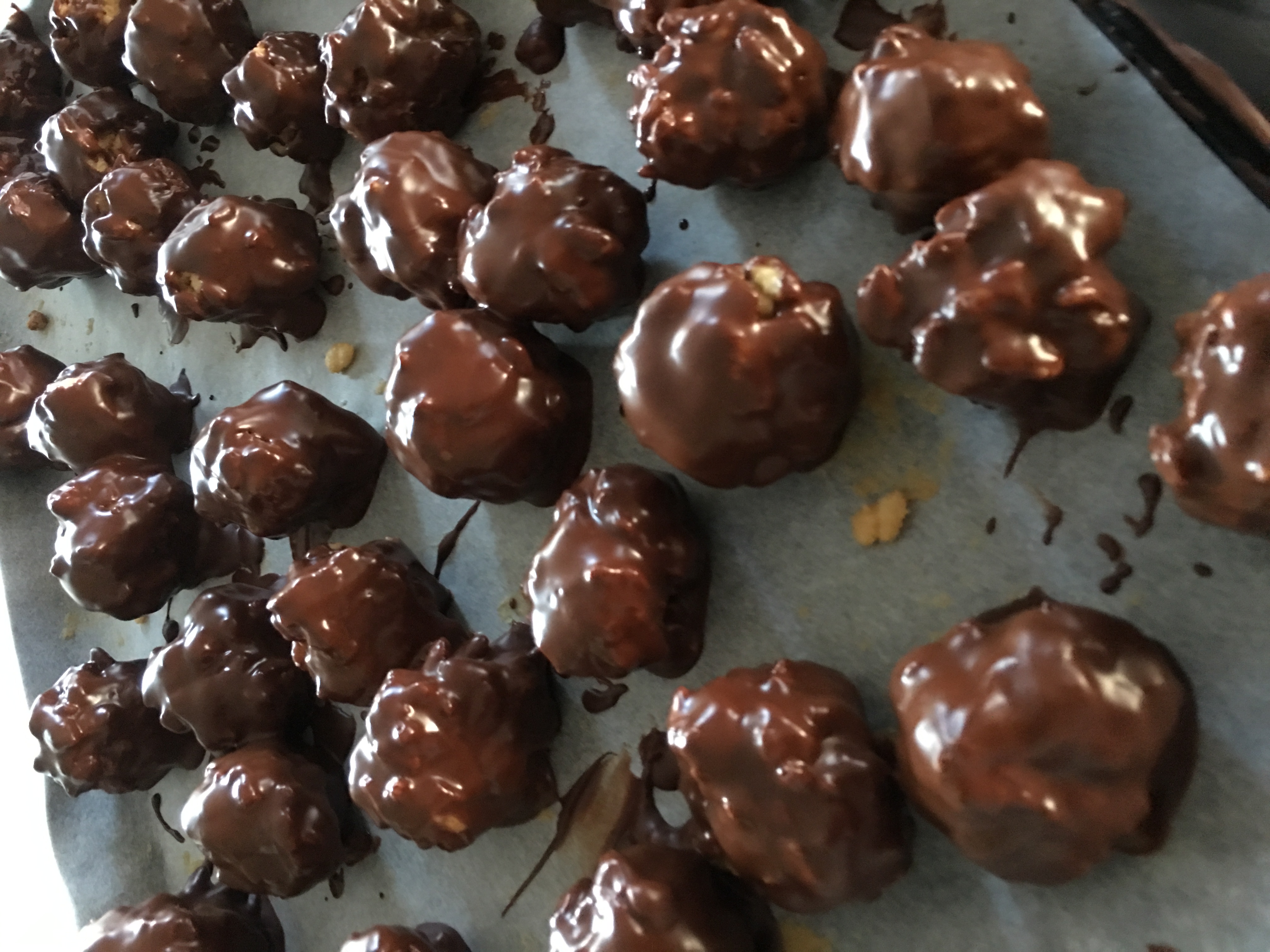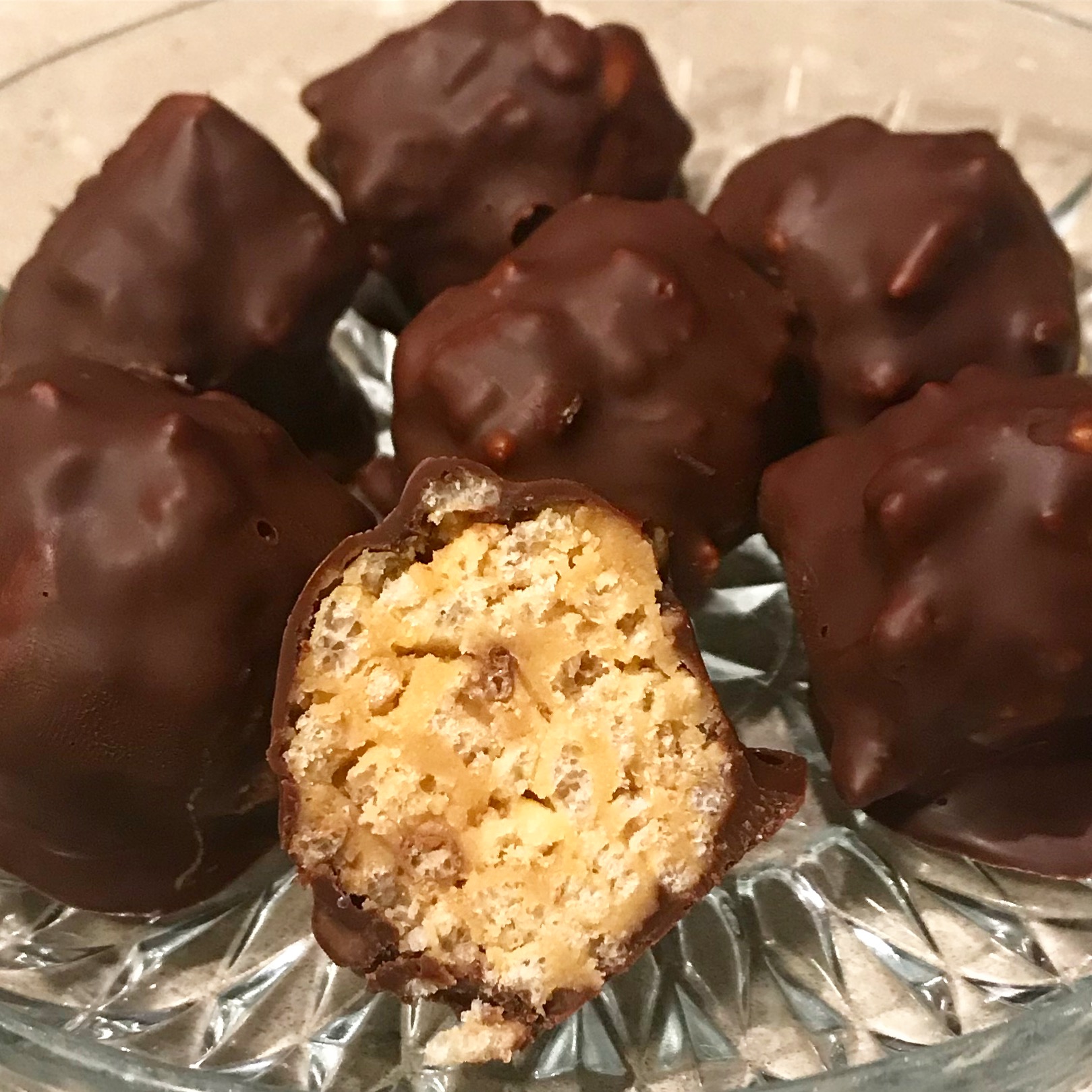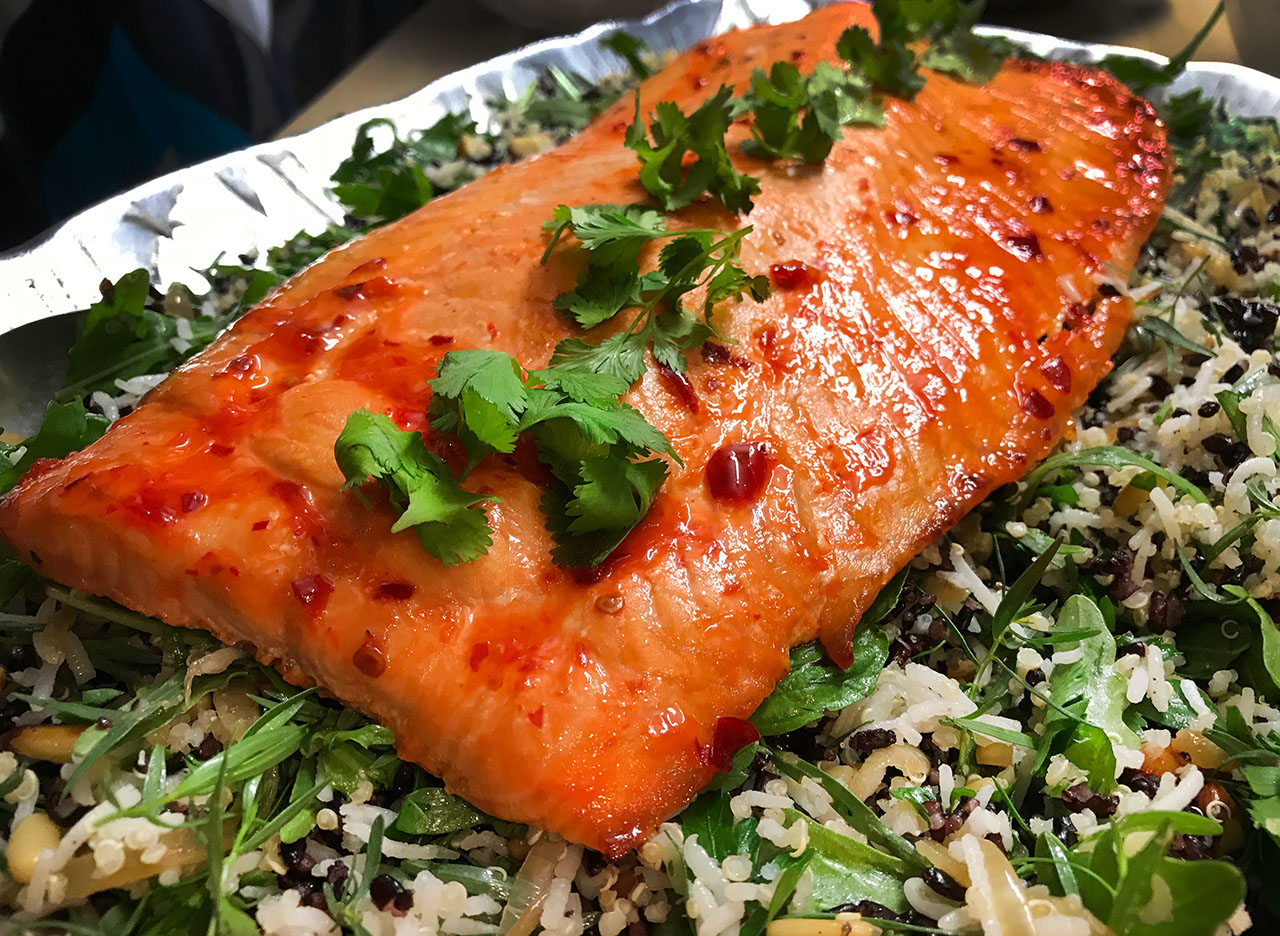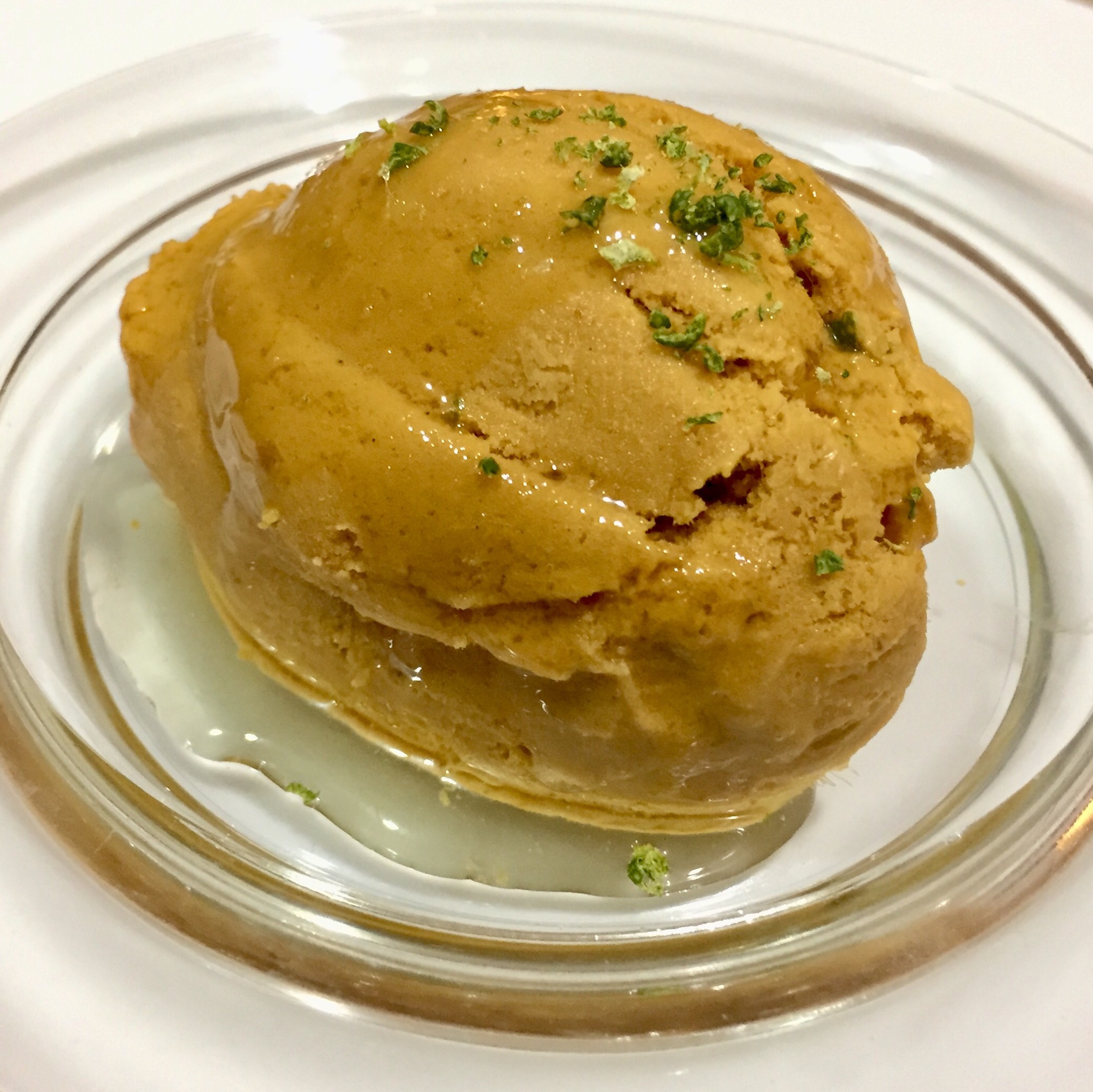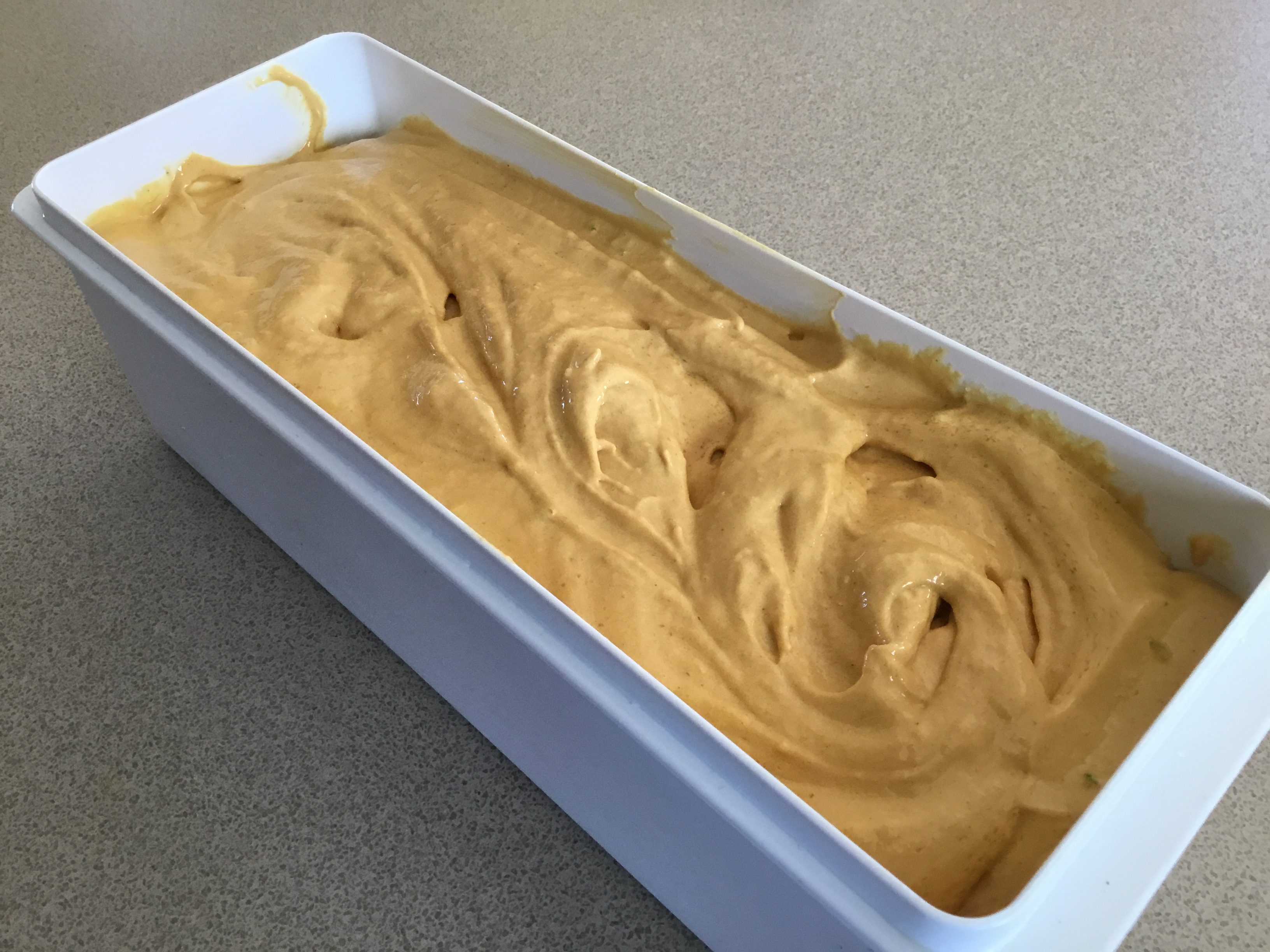This delicious recipe was given to me by my daughter Catherine who got it from her chef friend, Tim. Catherine and her husband love raw fish and meat dishes, so they eat a lot of ceviche and carpaccio. If you’ve never eaten raw fish, this is a good way to start as it honestly doesn’t taste raw. The recipe serves 2 as a starter or one as a main, but it’s easy to multiply the ingredients to serve 4 or 8. It’s also very quick to make.
The black sesame seeds add a nice colour contrast and the fried shallots add a bit of crunch. They make a great garnish for all kinds of savoury recipes.
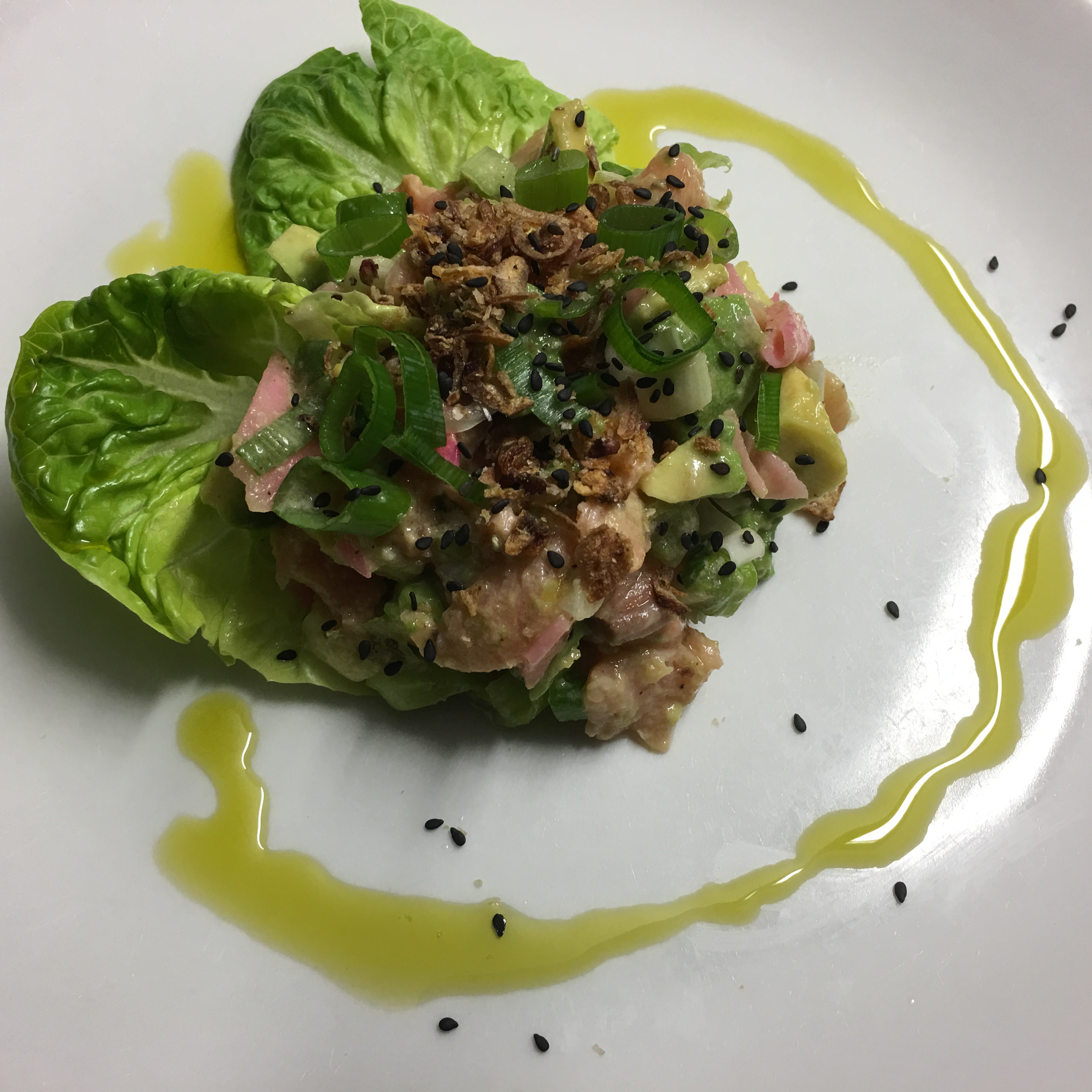
1 portion salmon (about 180g) or use a firm white fish
1 small or half a large avocado, cubed
Zest and juice of 1 lime or ½ lemon
2 tsp sesame oil*
2 tsp Mirin
1 Tbs pickled ginger, finely chopped*
1 spring onion, thinly sliced
1 Tbs Kenko Creamy Sesame Dressing*
Salt and freshly ground black pepper, to taste
To garnish:
Black sesame seeds*
Fried shallots*
Fresh coriander leaves
Lettuce leaves
Olive oil (optional)
Remove skin and any bones from salmon then cut into small cubes. Mix with remaining ingredients. Taste and see if it needs a little more lime juice or sesame oil.
Serve immediately on lettuce leaves, garnished with black sesame seeds, coriander, fried shallots and a drizzle of oil. You can leave out the lettuce leaves and the olive oil if preferred.
Serves 2
* sold in Asian supermarkets. For the Kenko Dressing you will need to find a shop that sells Japanese ingredients. If you can’t find it substitute ordinary mayonnaise mixed 50-50 with soy sauce. Not quite the same but it will do.

